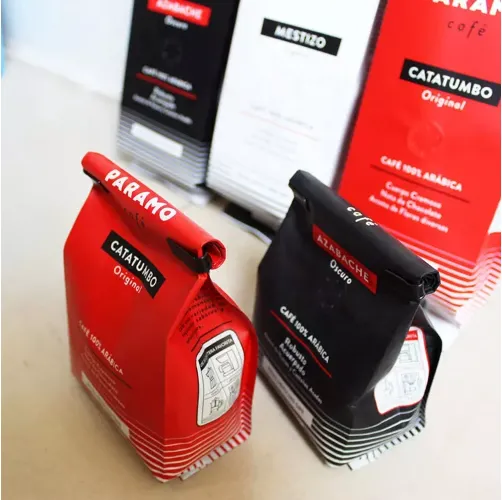- Afrikaans
- Albanian
- Amharic
- Arabic
- Armenian
- Azerbaijani
- Basque
- Belarusian
- Bengali
- Bosnian
- Bulgarian
- Catalan
- Cebuano
- chinese_simplified
- chinese_traditional
- Corsican
- Croatian
- Czech
- Danish
- Dutch
- English
- Esperanto
- Estonian
- Finnish
- French
- Frisian
- Galician
- Georgian
- German
- Greek
- Gujarati
- haitian_creole
- hausa
- hawaiian
- Hebrew
- Hindi
- Miao
- Hungarian
- Icelandic
- igbo
- Indonesian
- irish
- Italian
- Japanese
- Javanese
- Kannada
- kazakh
- Khmer
- Rwandese
- Korean
- Kurdish
- Kyrgyz
- Lao
- Latin
- Latvian
- Lithuanian
- Luxembourgish
- Macedonian
- Malgashi
- Malay
- Malayalam
- Maltese
- Maori
- Marathi
- Mongolian
- Myanmar
- Nepali
- Norwegian
- Norwegian
- Occitan
- Pashto
- Persian
- Polish
- Portuguese
- Punjabi
- Romanian
- Russian
- Samoan
- scottish-gaelic
- Serbian
- Sesotho
- Shona
- Sindhi
- Sinhala
- Slovak
- Slovenian
- Somali
- Spanish
- Sundanese
- Swahili
- Swedish
- Tagalog
- Tajik
- Tamil
- Tatar
- Telugu
- Thai
- Turkish
- Turkmen
- Ukrainian
- Urdu
- Uighur
- Uzbek
- Vietnamese
- Welsh
- Bantu
- Yiddish
- Yoruba
- Zulu
Understanding Blister Packs and Their Uses in Packaging Solutions
Understanding Blister Packaging What It Is and Its Importance
Blister packaging is a widely recognized form of packaging that provides both protection and presentation for various products, especially pharmaceuticals and consumer goods. This innovative packaging solution consists of a pre-formed plastic blister that holds the product in place, usually sealed with a backing material, often made of paperboard or aluminum. The primary purpose of blister packaging is to safeguard items from environmental factors, ensure product integrity, and offer convenience to consumers.
The Structure of Blister Packaging
A typical blister pack consists of two components the cavity, which is usually made of thermoformed plastic, and the backing, which is often rigid and serves to protect the blistered content. The blister itself is molded to fit the specific shape of the product it holds, be it tablets, capsules, small electronics, or even toys. The backing is then heat sealed onto the blister to create a secure seal, rendering the contents tamper-evident. This design not only protects the items from moisture, light, and contamination but also makes it difficult to access the contents without visibly tearing the packaging, thus enhancing security.
Advantages of Blister Packaging
Blister packaging offers numerous advantages that make it a preferred choice in various industries. First and foremost, it provides excellent protection against external elements. For medications, for example, blister packs can prevent moisture and air from compromising the potency and effectiveness of pills. This is particularly important for pharmaceuticals, which must maintain strict quality and safety standards.
Another benefit is the ease of use. Blister packs allow consumers to access one item at a time without the need to open a larger container. This feature is especially useful for medications, as it encourages adherence to dosage instructions. By making it clear how many doses have been taken, blister packaging aids patients in following their prescribed regimens.
Furthermore, blister packaging enhances product visibility. The transparent plastic allows consumers to see the product before purchase, which can influence buying decisions. This visibility combined with attractive design options provides an excellent marketing advantage, as brands strive to create packaging that stands out on the shelf and conveys the quality of the product inside.
what is a blister package

Applications of Blister Packaging
The applications of blister packaging are vast and diverse. In the pharmaceutical industry, it is commonly used for tablets, capsules, and medical devices. However, blister packaging is not limited to just medications. It has found significant utility in sectors such as cosmetics, consumer goods, and electronics. For example, small batteries and hardware components are often packaged in blister packs to keep them secure and protected until they reach the consumer.
In the food industry, blister packaging has also gained popularity for packaging single servings of snacks or condiments. This approach not only extends shelf life but also caters to a growing consumer demand for convenience.
Challenges in Blister Packaging
Despite its numerous advantages, blister packaging does present certain challenges. The manufacturing process can be more expensive than traditional packaging methods due to the need for specialized materials and equipment. Additionally, recycling blister packaging can be problematic, especially since it often involves a combination of materials—plastic, aluminum, and paperboard—which can complicate waste management efforts.
Conclusion
In conclusion, blister packaging is a crucial component of modern packaging solutions, offering myriad benefits in terms of product protection, ease of use, and marketing potential. As industries continue to evolve and adapt to consumer needs, blister packaging will likely play an even more significant role in ensuring product safety and satisfaction. Understanding its structure, advantages, and applications is vital for companies looking to optimize their packaging strategies, as well as for consumers who benefit from its convenience and reliability.













